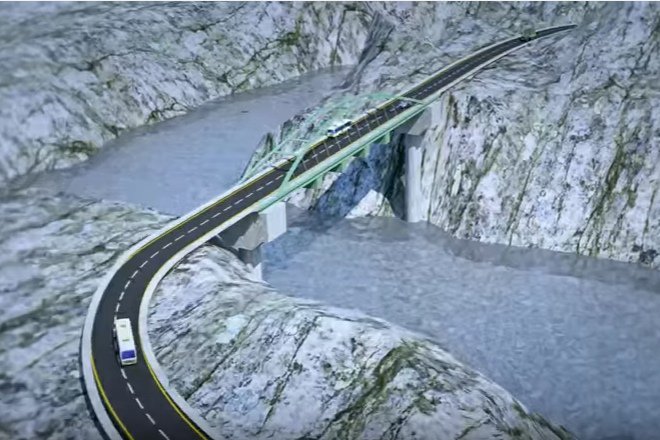Himalayan Char Dham has been the center of spiritual awakening in India. In Badrinath, Nar-Narayan Shri Lord Vishnu had sat on meditation where Lakshmi, his consort, protected him from the adverse weather conditions. King Bhagirath meditated before a stone near Gomukh to originate holy river Ganga which has been India’s lifeline for long. Near Gangotri, Pandavas meditated in their route to Kailash after Mahabharata. The spiritual linkage to Kedarnath is the strongest of them all. It is believed that Lord Shiva used to visit this place situated near KantiSarovar to meet the mystic yogis. It is also one of the jyotirlinga founded by Adi Shankaracharya where Lord Shiva manifested himself in a Linga.
Deeply tied with Indian theology, these pilgrimages are of utmost importance in Hindu religion. Despite harsh weather conditions and less accessibility, Lakhs of people from all parts of India visit these places every year to offer their worship.
Several natural calamities has hit this region in the past. The last one was in 2013, where the multi-day cloudburst kicked massive landslides and caused a flash flood. The scale of the catastrophe was so huge that it was called as the worst national disaster in India since 2004 tsunami. At least 100,000 tourists got trapped in the region out of which 5,700 were officially presumed dead.
One of the major reason for large causalities were the blocked and washed out roads. Over 70,000 people remained stranded for several days due to damaged roads. National Highway 58, an important artery connecting the region to the rest of India, also washed away near Jyotirmath and many other places. The rescue operation also took quite a long time due to bad road conditions. Subsequently, the Chardham yatra was suspended for two years.
Therefore, laying of the foundation stone of Char Dham Mahamarg Vikas Pariyojana by PM Modi is an important event not only for this region but also for the Hindu pilgrims.
The project will construct tunnels, bridges, and flyovers to broaden the existing highways. The two-lane carriageway would be protected with paved shoulders. The landslide prone zones will be bypassed using elevated corridors. A total of 12,000 crores is budgeted for this project.
The 900Km long highway will not only make commutation safer and faster but also bring livelihood to the people of remote areas. The ease of access would increase the tourism that would benefit the entire region. These roads will also increase the patrolling and other defense capabilities of India.
The time lag between the announcement of a highway project and the actual completion date had been very high in India. The delays in land acquisition, environmental clearances, and other approvals do not help this either. However, it is heartening to note that for this project the work has already started since March. Work on the project amounting to 3000 crores was ongoing.
Himalayan region has always been the most unstable regions of the world. The mountain ranges possess an enormous magnitude of energy due to the stresses trapped after the plate tectonic. Even a small change can cause an imbalance of forces which may aggravate in serious instability. Thus, by any engineering and logistical yardstick, the construction of 900km long highway is highly ambitious.
Having said that, the in-house engineering capability of India should not be underestimated. From Western railways to the Himalayan Expressway, Indian engineers and technocrats have displayed that they have the skill sets. All required is the political will which could mobilize the investment to these remote locations. If this Government can’t do this, who else can?
